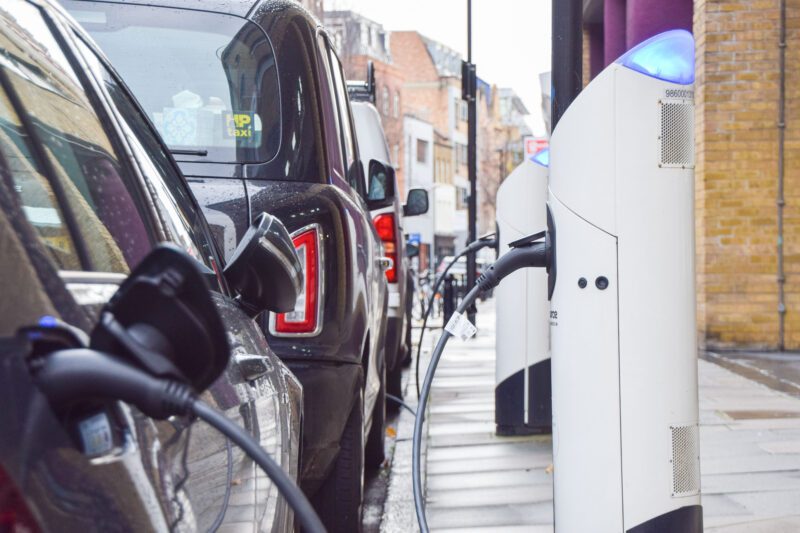Taxi drivers have a lot to consider when choosing an electric vehicle, and the most important is the range.
The main issues are how far will it take me on a single charge and how quickly and easy can I recharge?
Once they are happy they have answered these questions, taxi drivers can select the EV that works best for them, whether they operate in busy town and city centres, or do longer trips such as in rural areas or on operate airport runs.
Certain models of EV offer larger-capacity batteries which will noticeably extend the range of each charge, which is something that could be key for taxi work.
While options such as this are usually part of longer-term plans, there are also simple, everyday steps taxi drivers can take to get more miles out of their EV today – and these tips aren’t just limited to battery-powered vehicles.
As recommended by car-leasing company GRIDSERVE, Taxipoint looks at how switching to an electric vehicle can save taxi drivers money on fuel costs, but learning to drive economically can increase those savings even further.
The first step is to plan your journey and avoid steep routes.
GRIDSERVE explains: “Like human legs, cars need more juice to climb a hill and so if you’re trying to conserve battery, avoid hilly routes – a slightly longer, flatter journey might be better in the long run. Similarly, electric cars will use more energy on motorways due to the faster speeds required. So a longer route at a lower speed may pay dividends for your battery percentage.”
It also recommends using Google Maps to show the most eco-friendly route option, which is shown by the green leaf icon.
The second tip is to avoid unnecessarily fast acceleration, which not only conserves the battery, but is also safer.
GRIDSERVE said: “Electric cars are lightning quick off the mark and a lot of fun because of it, but accelerating hard every time will seriously hurt your charge – as well as giving whiplash to your passengers.
“Instead, accelerate smoothly but fairly briskly so you can get to a steady cruising speed and maximise range. Similarly, racing to the next junction and then braking harshly is not only a waste of energy, but also dangerous.”
The third tip is to drive at optimum speeds to avoid impact of wind resistance.
GRIDSERVE advises: “Just as harsh acceleration and braking will use battery power, so will cruising at 70mph. EVs are much more efficient at 50-60mph, due to the impact of wind resistance. The few miles difference may see drag multiple exponentially.
“Of course, you want to avoid going so slowly you become a hazard to others, but 60mph compared to 70mph on the inside lane – fast enough to stay ahead of lorries – will be much more beneficial to your range. And as above, a route that features slightly slower roads will benefit range, too.”
Making the car and physics do the work through regenerative braking is the fourth tip.
GRIDSERVE said: “Sometimes referred to as one-pedal driving, regenerative breaking technology is fitted to all new EVs and recaptures energy when you slow down and pumps it back into the battery to add mileage to your range.
“The amount of charge you can add varies on your car, your driving style and route (regen braking is way more effective in stop-start city driving than on motorways) but our estimates put it at about 20%. That means over a 100-mile journey, you’ll reclaim about 20 miles.”
And the final piece of advice is to always read the road ahead and exercise safe judgement.
“It’s something all good drivers should be doing anyway in the name of safety, but by backing off the accelerator early you can not only drive safer, but also save energy.”
Trying some or all of these tips should give more miles per charge.
Let us know which ones you use and how they affect your taxi business.


